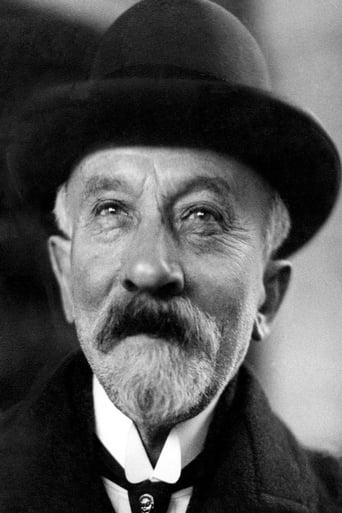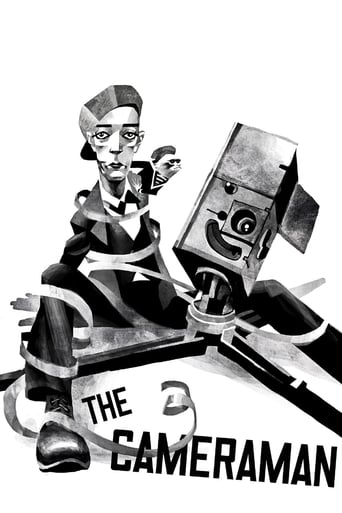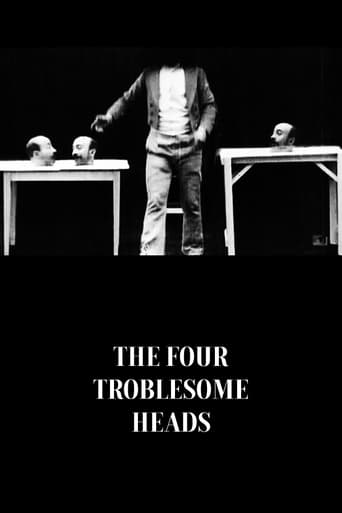
One of the greatest of black art pictures. The conjurer appears before the audience, with his head in its proper place. He then removes his head, and throwing it in the air, it appears on the table opposite another head, and both detached heads sing in unison. The conjurer then removes it a third time. You then see all three of his heads, which are exact duplicates, upon the table at one time, while the conjurer again stands before the audience with his head perfectly intact, singing in unison with the three heads upon the table. He closes the picture by bowing himself from the stage.
Similar titles
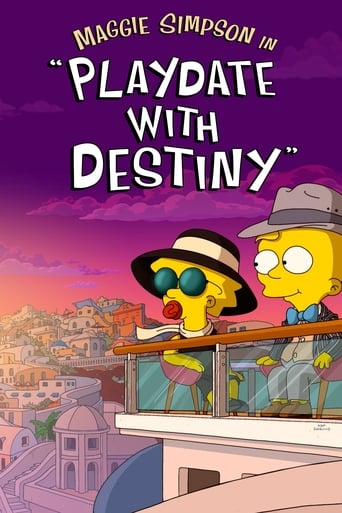
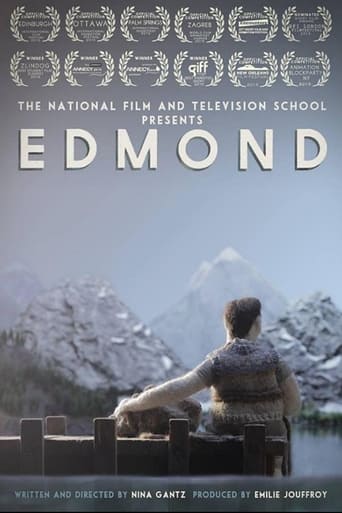

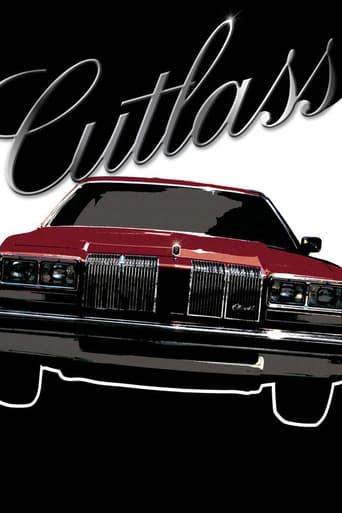
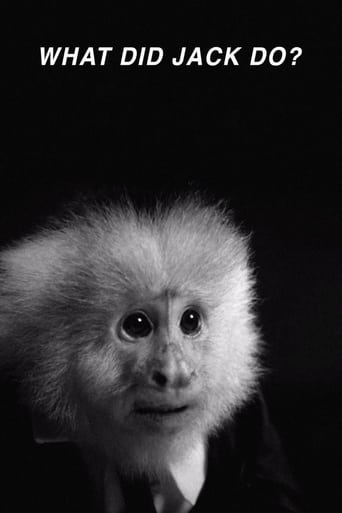
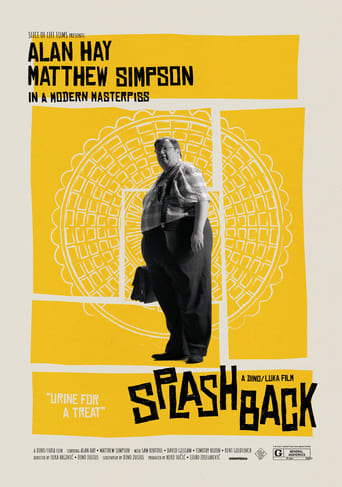
You May Also Like
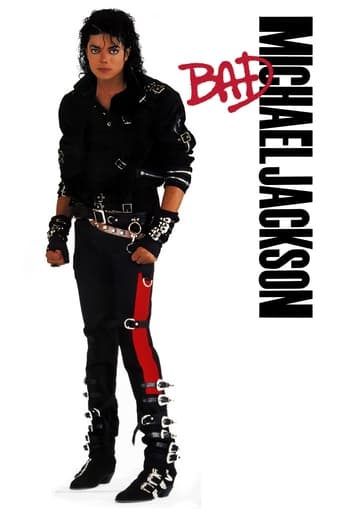
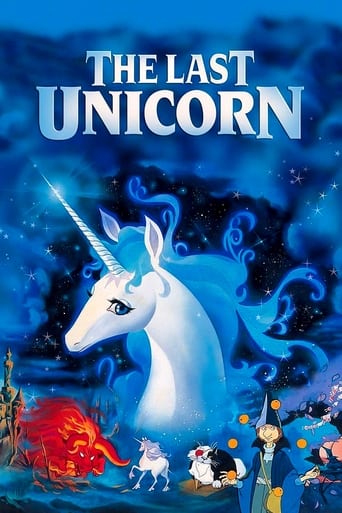


Reviews
Good start, but then it gets ruined
A lot of fun.
The film creates a perfect balance between action and depth of basic needs, in the midst of an infertile atmosphere.
Unshakable, witty and deeply felt, the film will be paying emotional dividends for a long, long time.
It's tempting to see the two great French pioneer film makers, the Lumière brothers and Georges Méliès, as two opposing poles of the cinema — the documentary depiction of reality set against the drive to enhance reality, and show things that previously couldn't be shown. But this is over-simplistic. First it underestimates the extent to which, even in their earliest films, the Lumières were taking aesthetic decisions about exactly which slices of reality to depict, and how — consider the camera placement and timing, for example, in L'arrivée d'un train à La Ciotat. Not long afterwards, they took to re-enacting events they weren't able to film for real.Meanwhile Méliès, for all that he seemed to take a more forward looking and adventurous approach to the possibilities of cinema, was deeply rooted in a much older tradition. He was a stage magician and illusionist, owner of Paris's Théâtre Robert-Houdin, an heir to the staged spectacle, the Fantasmagorie and the magic lantern show. Attending the Lumières' first Paris exhibition in 1895, he immediately saw the potential of this technology in achieving illusions he'd already been pursuing by other means. The brothers refused his offer to buy one of their machines, but within a year he bought a projector from Robert Paul in London and built a camera himself.Méliès' tradition is explicit in this film, which is staged as if in a theatre, with the man himself as the magician performing to an imaginary audience, and even taking a bow at the end. But the illusion presented would be impossible to achieve so convincingly without film. Méliès several times removes his own head and places it on a table, then regrows a new one, until he's surrounded by three detached heads, all jabbering away animatedly at each other to prove how alive they are. He attempts to wrangle them into singing together, but soon gives up in frustration and extinguishes two of them with a blow from his banjo.It's funny and visually striking but also poignant — the film externalises our experience of conflicting inner dialogues. How much we've sometimes wished to shut up some of our own jabbering heads with the swat of a banjo.A wiry, balding man with a naturally comical appearance, Méliès regularly performed in his own films, often decomposing and distorting the image of his own body, and particularly his head. He's always worth watching and this is a particularly fine example of his eccentric, athletic and manically energetic style — you can believe he's capable of bullying reality into new shapes by force of gesticulation. Like many of the pioneers, he never reaped the just rewards of his foresight, and it's rather saddening to see his energy here and then remember that he ended his career scraping a living selling sweets and toys from a kiosk at Gare Montparnasse.
This film is a very early example of special effects wizardry. Considering that it was made in the 19th century, its only fair to say that it holds up very well. Most people can work out now how the effects were achieved but that's irrelevant, as they are done so well. George Melies took a diametrically opposite approach to cinema to the Lumiere brothers. Both were pioneers but the latter saw the new medium as a way of capturing reality, while Melies realised early on that it was perfect for creating the impossible. As a result, Melies movies remain imaginative and entertaining to this day, while the Lumiere films retain historical significance but aren't too interesting otherwise. In this sense Melies is the true forefather of the movies, while the Lumieres are essentially the first documentarians.In The Four Troublesome Heads we have another magic show. Melies plays a character who removes his head several times. The squabbling heads then sing a song. It's basic but cleverly done. And, taking into account the year it was made, it's pretty out there.
This early Georges Méliès fantasy feature is outstanding for 1898, both in its convincing special visual effects and in its witty good humor, and it's still lots of fun to watch today. There are quite a few lesser-known gems among Méliès's many fantasy features, and this is one of the best ones.The setup is simple, but Méliès uses it with great skill and imagination. Méliès himself appears on screen, and does tricks with his own head. As elementary as the camera tricks are, Méliès was already expert at using them, and as a result most of the illusions are seamless and very enjoyable. There is also a good deal of humor in the ways that Méliès interacts with all of the "Troublesome Heads". Any film that still survives from the 1890s is usually worth seeing for its historical value, and most of them also provide some kind of interesting information on the techniques or subject matter of the earliest movies. But this is one feature whose value goes well beyond the historical. It's enjoyable in itself, and it is also one of the earliest examples of the genius of one of cinema's most extraordinary pioneers.
I saw that one teen boy gave this short (how else to call a movie lasting only 50 seconds?) a poor 2 out of 10. No sense of history there. Un Homme de Têtes may not even last a minute, but it's incredibly fast-paced and extremely well done. Hey, it even looks more convincing than most of those computer-generated special effects you see in the cinemas these days. Méliès takes off his head a few times and sings a song with the head clones. A simple idea but brilliantly executed by the cinemagician (as the French DVD aptly describes this pioneer).
Top Streaming Movies














